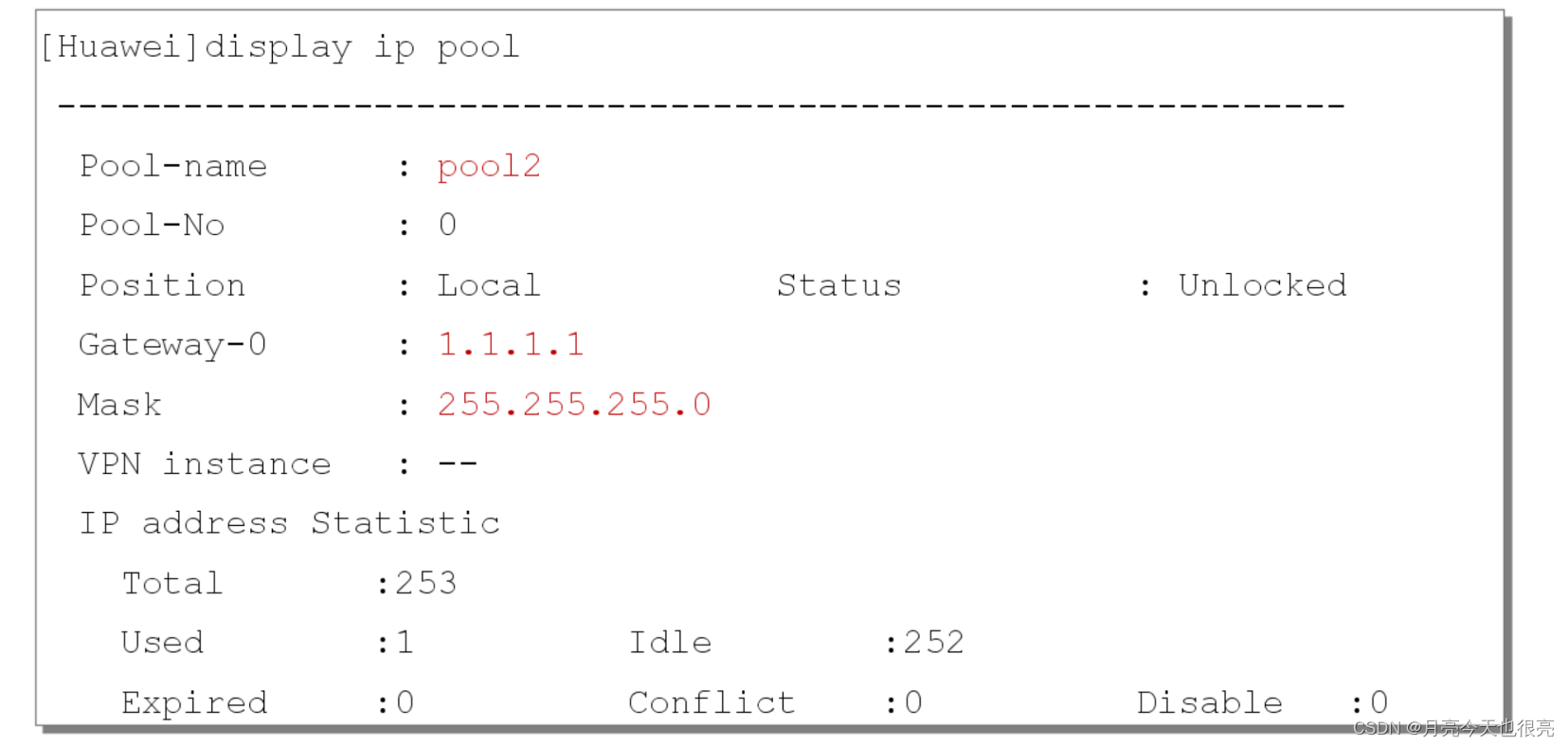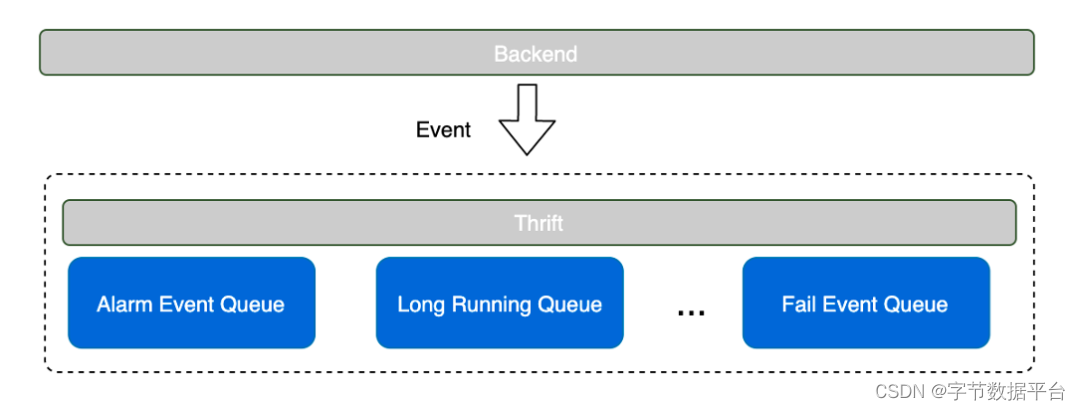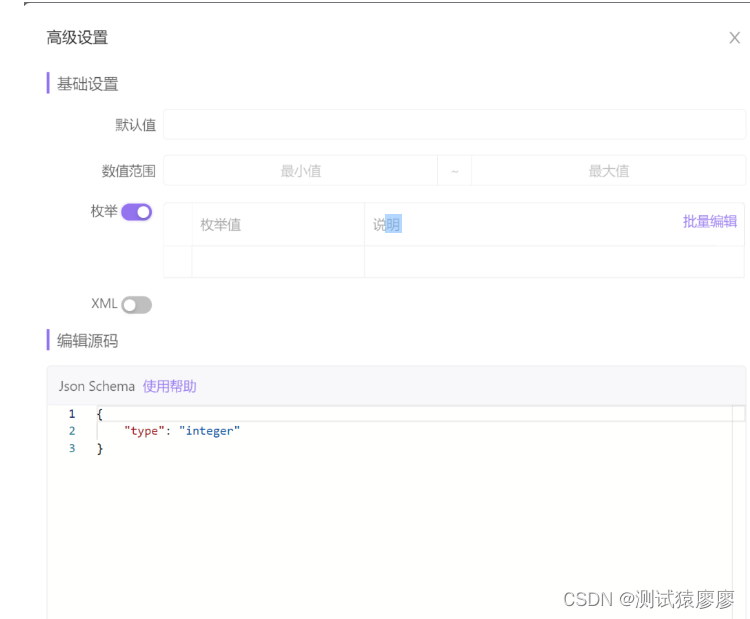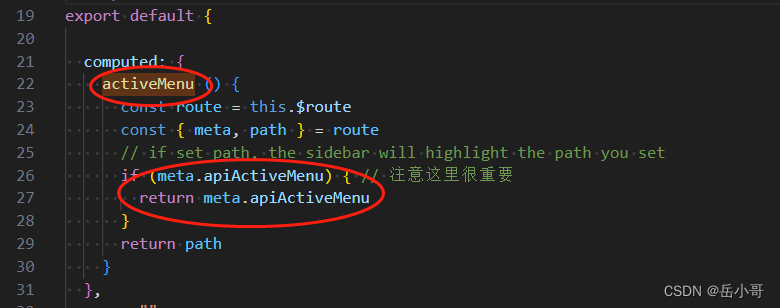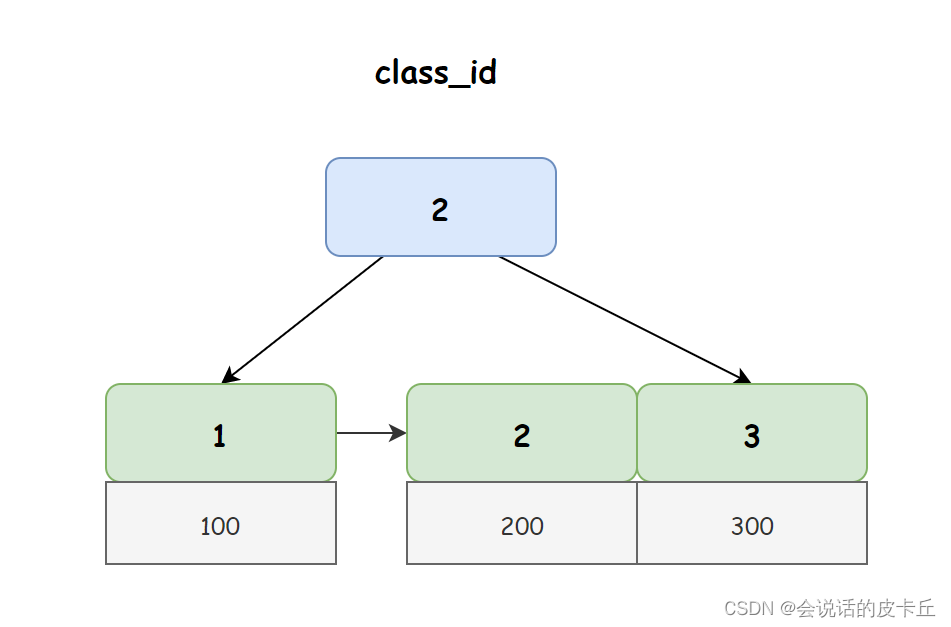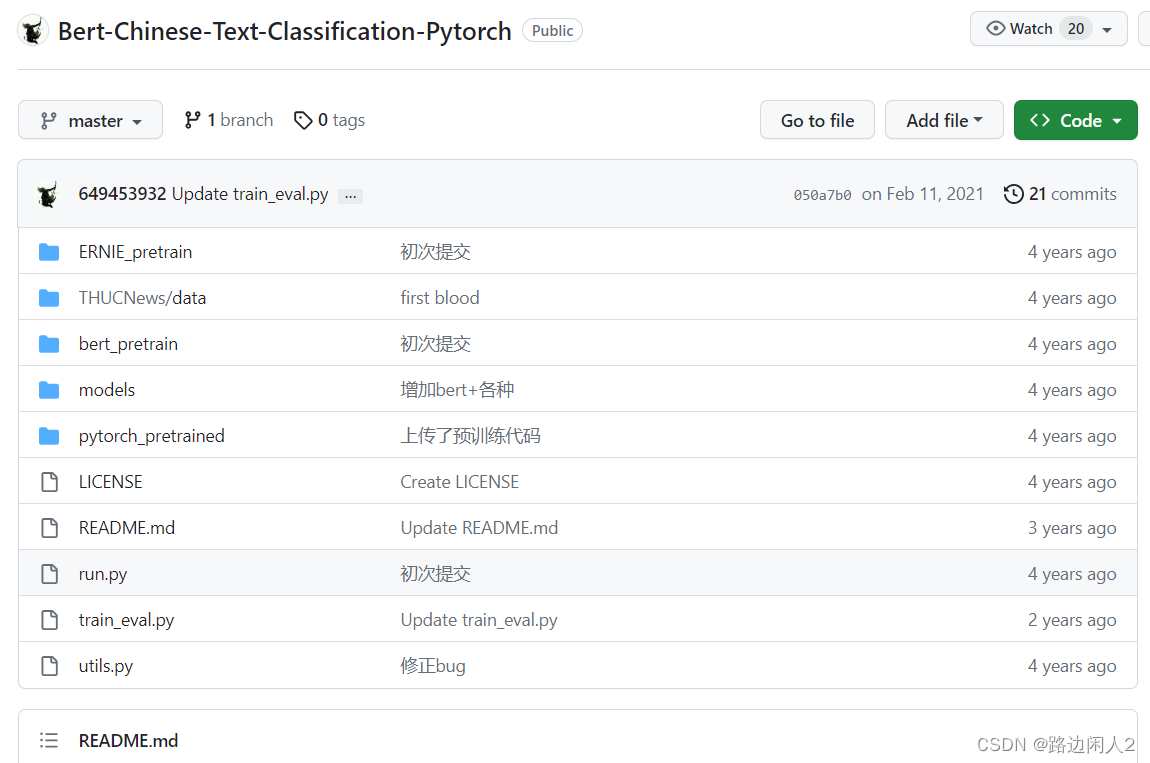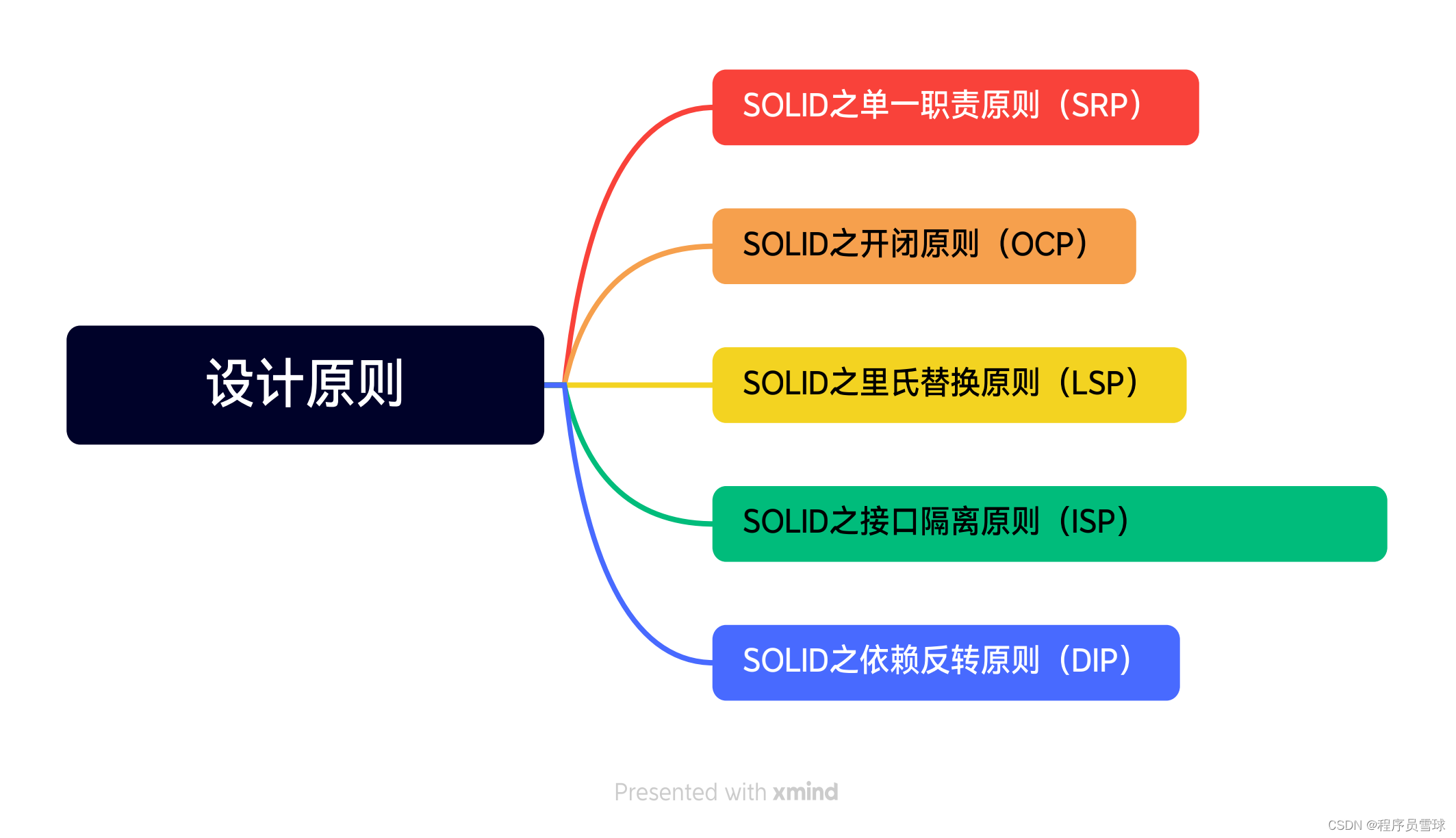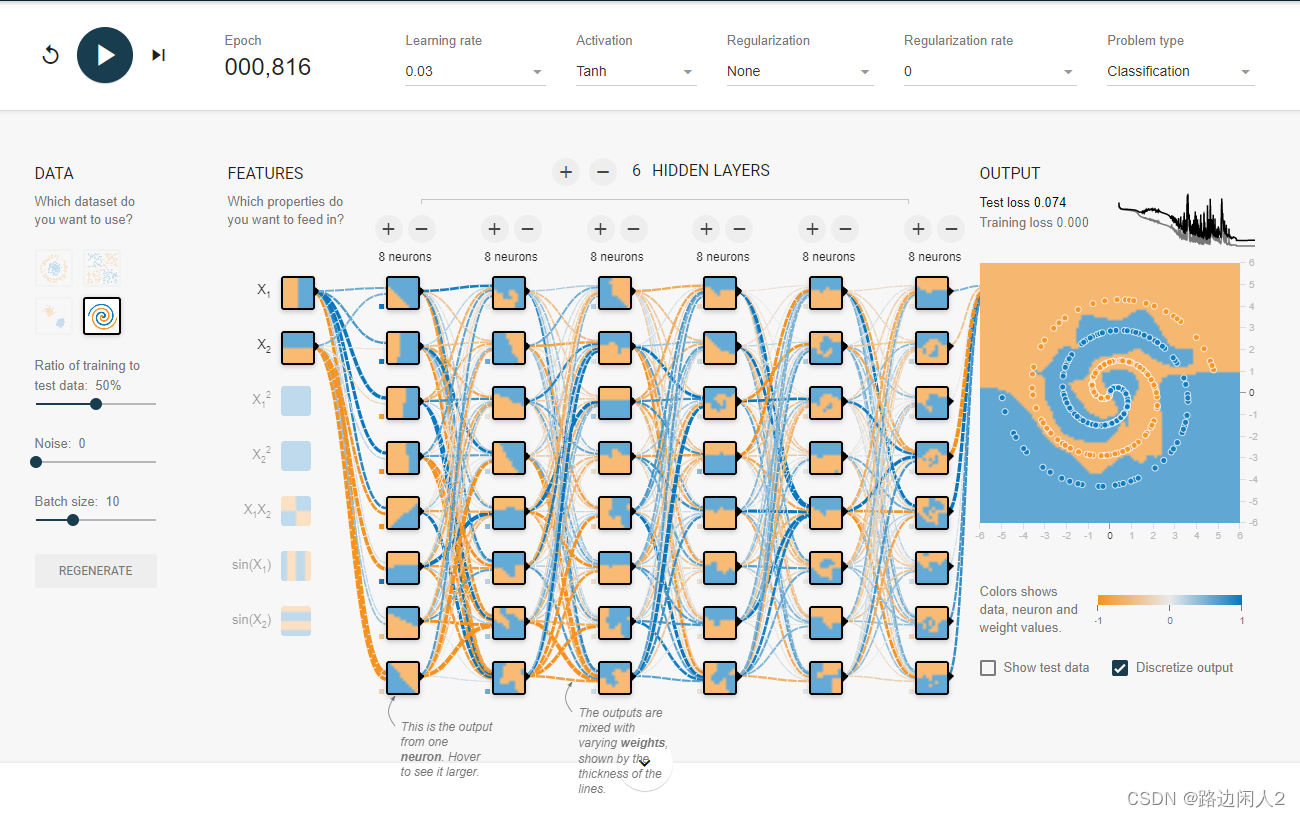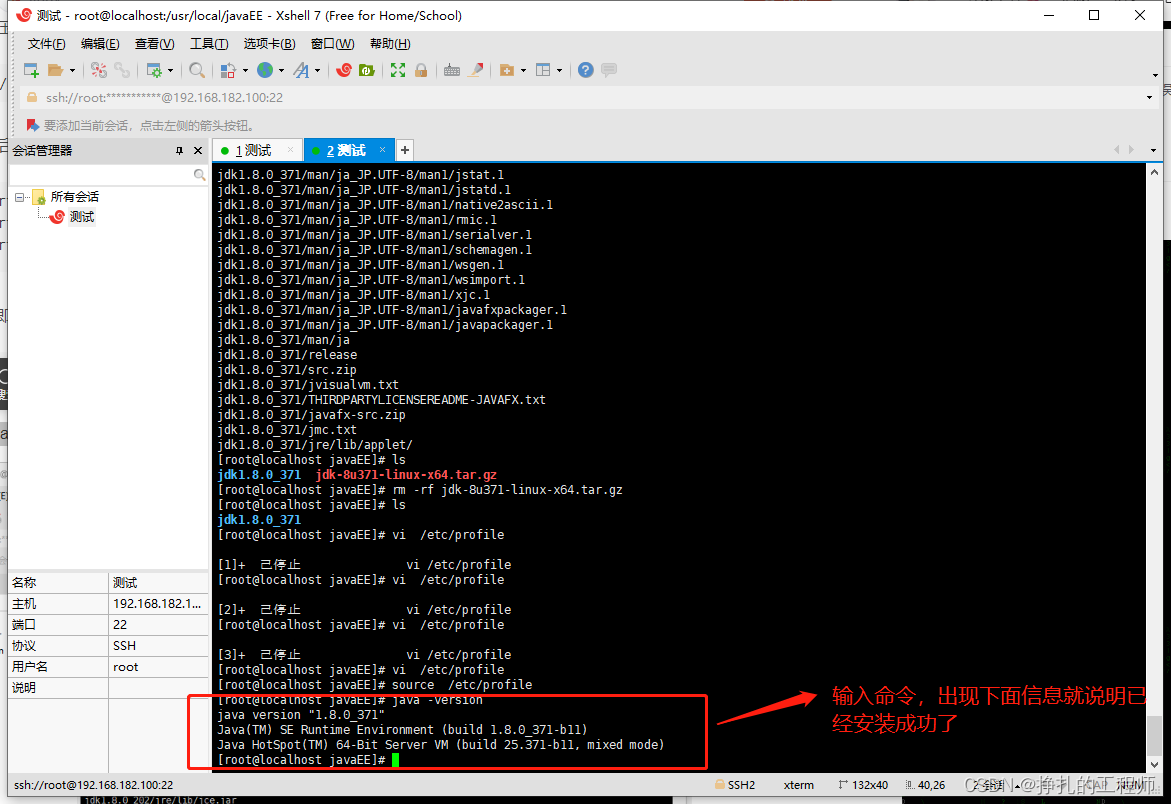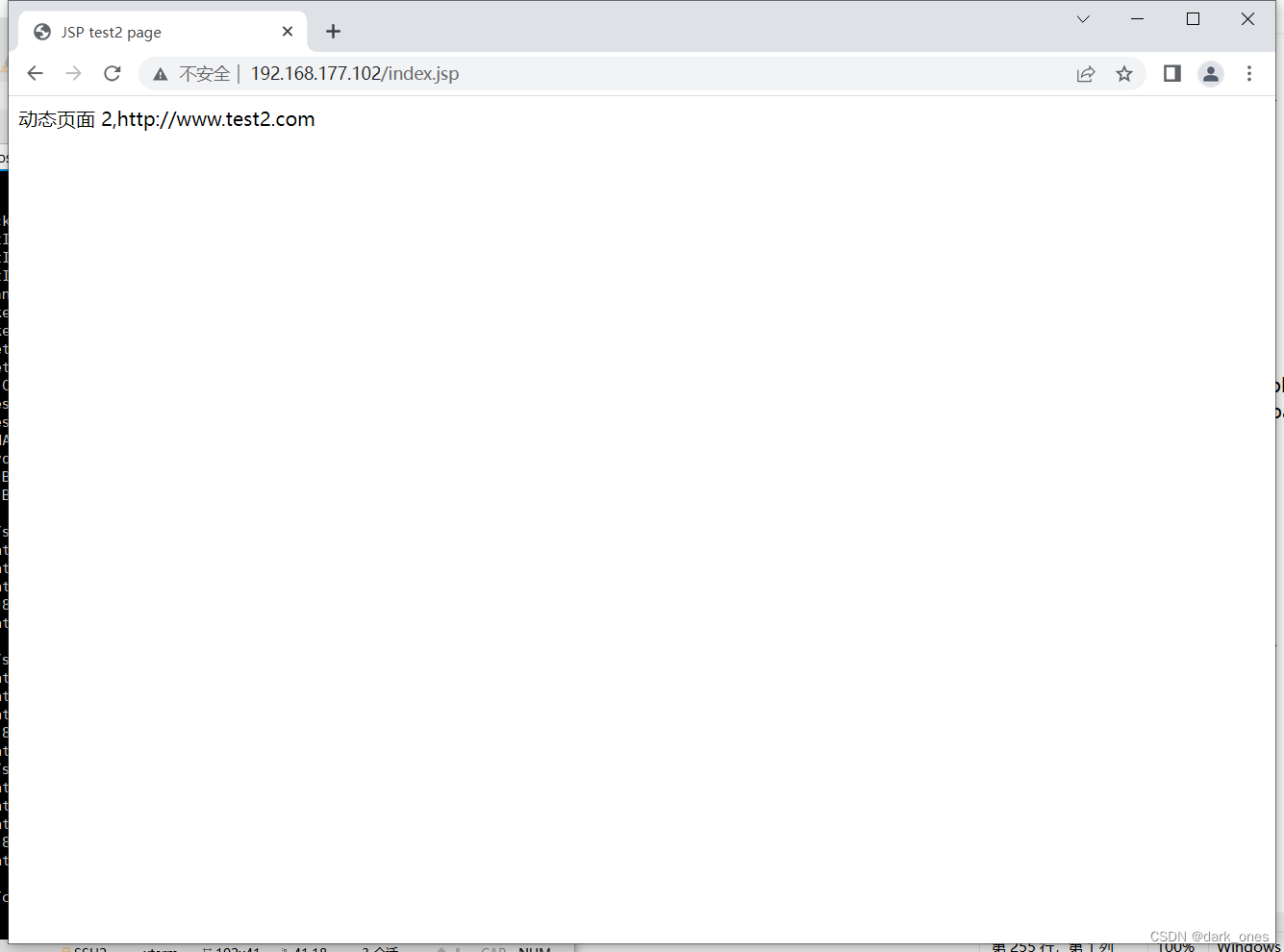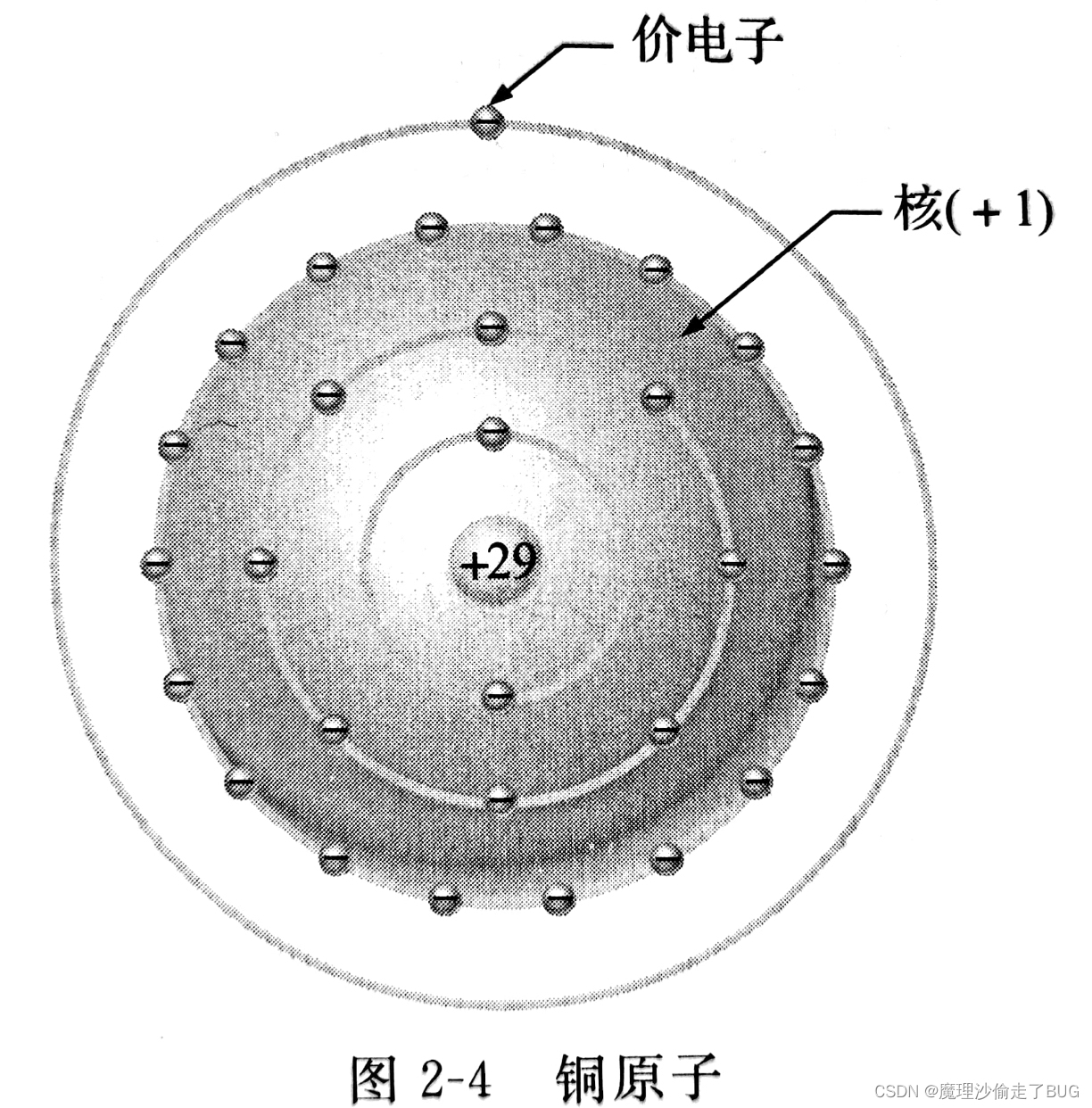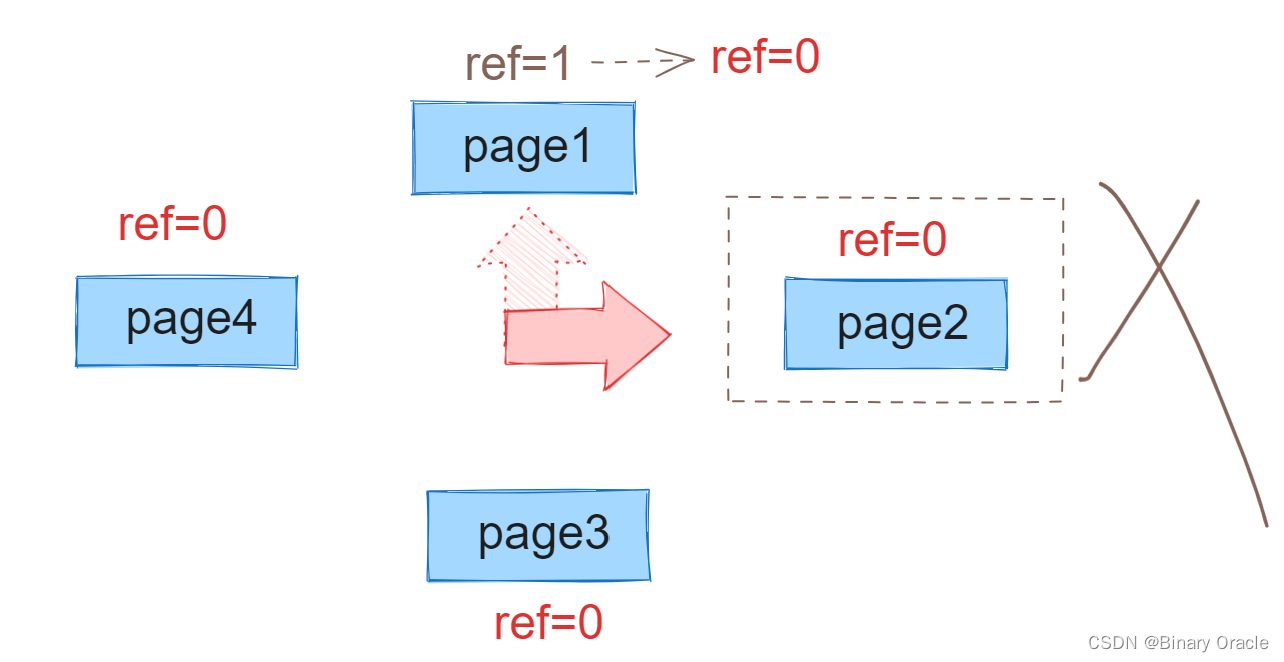前言
参考文档:
5G NR TBS (Transport Block size) Calculator | 5G-Tools.com
5G NR Transport Block Size (TBS) Calculation - Techplayon
5G MCS _ 搜索结果_哔哩哔哩_Bilibili
4/5G无线资源和数据调度流程:CQI上报、基站AMC调度、调度信息DCI下发、CQI到MCS的对应、MCS跟TBS的关系_哔哩哔哩_bilibili
5G/NR,MCS与TBS的计算_wangtian2018的博客-CSDN博客_mcs nr
传输块大小(TBS)的确定 | 带你读《5G-NR信道编码》之十六-阿里云开发者社区
EVM相关知识及测量方法_荷兰风车-CSDN博客_频谱仪测量evm步骤
目录
1: 终端测试时间确定
2: modem 架构
3: 调度
4: 理论速率计算
一 终端测试时间确定
一般通过android 日志里面,可以得到具体的时间点
SpeedTestHandler: Testing to 8407
SpeedTestHandler: onTestComplete 1
SpeedTestHandler: onTestComplete 2
SpeedTestHandler: onTestComplete 3
二 modem 流程
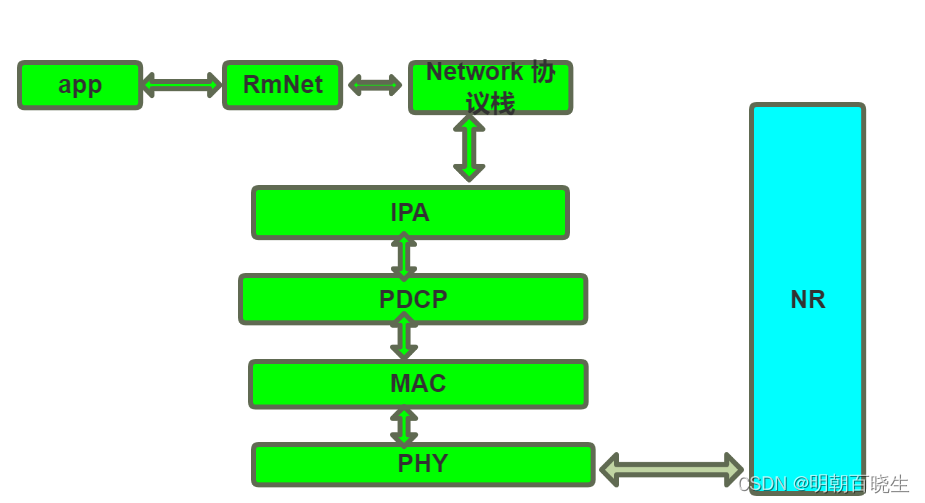
正常影响吞吐量测试主要由以下几个因素
1: CPU负荷
现象是测试的时候,速率会限流。UE行为
2: 温度情况
根据不同的温度等级,速率限流,这是UE情况
3: 信号情况(射频)
主要出问题点,决定手机的理论吞吐量。
终端根据自身的RSRP,RSRQ,SINR,CSI等信息,通过UCI
上报给NR ,NR 进行调度,这取决于终端的SAR+射频+网络调度。
•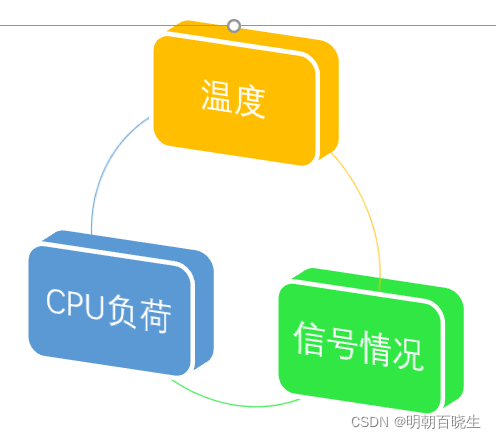
三 调度
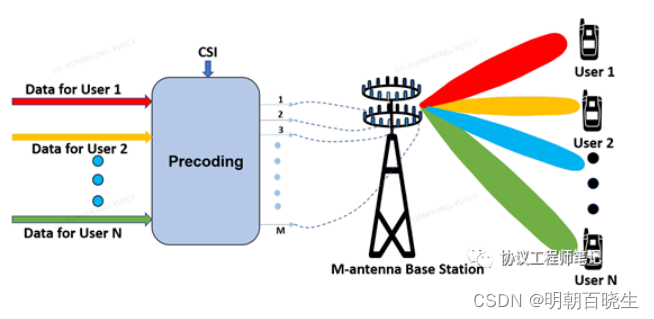
3.1 主要影响因素 如下:

其中BLER 只有在终端中可以看到。其它通过网络下发的DCI 消息
配置。
[nr5g_mac_metric_qsh.c 1573] NR5GMAC | DL | {cc: 0} | avgPHY.Kbps: 13632 | BLER.%: 7 avgTB.bytes: 14205 | avgMCS*10: 100 | avgRB: 129
下面主要讲MCS,RB ,Layer 这些网络是如何分配的
主要分两步:
3.1 终端测量上报
a: MR(measure report)
上报RSRP,RSRQ, SINR 主要是移动性管理功能
网络根据这个RRC Config 到对应的小区频点上。
b: CSI
主要用于给gNB提供调度方面的辅助信息。


这里重点讲解一下CQI:
38.214 NR; Physical layer procedures for data
Based on an unrestricted observation interval in time unless specified otherwise in this Clause, and an unrestricted observation interval in frequency, the UE shall derive for each CQI value reported in uplink slot n the highest CQI index which satisfies the following condition:
- A single PDSCH transport block with a combination of modulation scheme, target code rate and transport block size corresponding to the CQI index, and occupying a group of downlink physical resource blocks termed the CSI reference resource, could be received with a transport block error probability not exceeding:
- 0.1, if the higher layer parameter cqi-Table in CSI-ReportConfig configures 'table1' (corresponding to Table 5.2.2.1-2), or 'table2' (corresponding to Table 5.2.2.1-3), or
- 0.00001, if the higher layer parameter cqi-Table in CSI-ReportConfig configures 'table3' (corresponding to Table 5.2.2.1-4).

CQI 跟 modulation 以及 code rate 有对应的映射关系
例如 CQI =9,则 modulation 64QAM=2^6
code rate: 物理层发送1024 bit, 实际数据只有666,这个值越大越好
3.2 网络下发DCI控制消息
终端通过 [0xB89B] NR5G MAC UCI Information 上报给基站
基站通过DCI(PDSCH 或 PDCCH 中传输) 进行调度。
DCI Format = 可以看到配置的是上行还是下行
主要参数:
DCI format:
DCI格式介绍-Format1系列 - 知乎


0_X 为上行
DAI:downlink assignment index
SCS:SCS (sub-carrier space)- 子载波间隔
其中最主要的是PRB,以及MCS
下行:


RV: redundancy version.
To determine the modulation order, target code rate, and transport block size(s) in the physical downlink shared channel, the UE shall first
- read the 5-bit modulation and coding scheme field (IMCS) in the DCI to determine the modulation order (Qm) and target code rate (R) based on the procedure defined in Clause 5.1.3.1, and
- read 'redundancy version' field (rv) in the DCI to determine the redundancy version.
and second
- the UE shall use the number of layers (ʋ), the total number of allocated PRBs before rate matching (nPRB) to determine to the transport block size based on the procedure defined in Clause 5.1.3.2.
the UE shall use IMCS and Table 5.1.3.1-2 to determine the modulation order (Qm) and Target code rate (R) used in the physical downlink shared channel

根据MCS 可以得到Qm(也就是一个RE 传输几个Bit),MCS 跟理论速率有直接关系
比如MCS 为4 ,比8的时候正常速率会降低一半。 Code Rate Rx
也是物理层如果是1024Bit,实际传输的数据。例如为8的时候只有553bit.
TBS : 到底要传输多少数据根据TBS 决定
5.1.3.2 Transport block size determination
上行:


这里重点讲解一下MCS
上行在38.214_5.1.3.1 里面有介绍,下行在38.214_6
三 LTE 理论吞吐量计算(TBS)
LTE 是通过查表格得到TBS,根据TBS,Layer可以直接计算出吞吐量理论速率。
3.1 4G
物理层理论吞吐量
如下
| TB(TB Size) | 3422 |
| Layer(Num Layers) | 2 |
| 1000 | 固定周期,LTE 1个子帧1ms, 则1s能传1000个这样的子帧 |
| 8 | 1byte 为 8 Bits |
则最大理论速率为: speed = (3062*8*2*1000)/(1024*1024) = 50M/s

其中TB size 是根据3GPP 36.213_7.1.7通过MCS 差表得到,如果是查表得到的不需要乘以8(单位就是bit/ms)

上行也同样查表计算TPU
最大 speed = (1504*8*1000)/(1024*1024) =12M/s



0xB16D LTE GM TX Report 可以看到对应帧的发送情况
关键字
1 CQI :CQI-Channel Quality Indication,信道质量指示,CQI由UE测量所得,因此,CQI一般指的是下行信道质量。eNodeB根据CQI信息选择合适的调度算法和下行数据块大小,以保证UE在不同的无线环境下获取最佳的下行性能。
2 DCI: DownlinkControl Information format 下行控制信息格式
3 MCS: Modulation and Coding Scheme 调制与编码策略
4 TBS: Transport Block Size 传输块大小
4G 通过查表,5G通过计算
对于物理下行共享信道(PDSCH, Physical Downlink Shared Channel) ,由物理下行控制信道(PDC CH, Physical Downlink Control Channel) 通过小区无线网络临时识别符(C-RNTI, Cell-Radio Network TemporaryIdentity) 进行CRC加扰, 并分配下行控制信息格式(DCI format, DownlinkControl Information format) 1_0/1_1。文献[40] 提出了采用表格形式获取对应的实际TBS值。在NR的会议讨论过程中和较短的TBS时, 相比于用公式来表达TBS的方法, 该方法具有较大优势。所以其设计方法被NR标准会议采纳。
5 CSI:CSI是信道状态信息。是UE反馈给ENB的一种信息。它包括三个小部分:CQI,RI和PMI。
6 RSRP (Reference Signal Receiving Power,参考信号接收功率)
RSRP是蜂窝网络中可以代表无线信号强度的关键参数以及物理层测量需求之一,参考信号承载的所有RE(Reource Element)上接收到的信号功率的平均值。
利用测量得到的功率与已知的发射功率进行相比,就可以得到链路对信号的衰减
7 RSRQ: 手机测量的信号
8 SINR: OTA消息中,手机信噪比
9 PDSCH : Physical Downlink Shared Channel 对于物理下行共享信道
9 RI
RI = rank indication;秩指示;
RI用来指示PDSCH的有效的数据层数。用来告诉eNB,UE现在可以支持的CW(Code Word码字)数。也就是说RI=1,1CW。RI>1,2 CW。
RI指示传输层,该UE能够区分的数目。只有当RI> 1,空间复用可被支持。对于空间复用,CQI是基于每码字的报告。码字的LTE中的最大数目是2。
10 SR 调度请求 (SchedulingRequest
,在UE有上行数据需要发送,但是无上行资源时,通过发送SR请求,向网络申请上行调度(DCI format 0-0/0-1)。SR在物理层信道PUCCH上发送。 最小周期2个symbol
5G(NR)网络中的SR(Scheduling Request) - MSCBSC 移动通信论坛 | 国内领先的通信技术论坛
MSR 缓存大小
11 MR 测量报告
